Living in Calgary in the south of Alberta, I have the great fortune to be able to spend the summer camping season in a number of very enjoyable, and very different, regions only a few short hours way: from the mountains to the west, the parkland to the north and the grasslands to the south and east. Unfortunately, the grasslands have rapidly become one of the most threatened regions in North America. As the Alberta Wilderness Association informs on their website:
‘The North American grasslands, or Great Plains, extend from Mexico, across the U.S., and into the three Canadian prairie provinces. The northern portion of this vast ecoregion is referred to as the Northern Great Plains and covers more than 720,000 km2, sweeping across five states and two provinces: Alberta and Saskatchewan.
Because temperate grasslands are particularly suitable for agriculture, an estimated 99 percent of the non-urban grassland landscape is either under cultivation or livestock grazing. Only about 1.5 percent of the Northern Great Plains is located in protected areas such as parks and reserves.
Although it is facing enormous threats, Alberta’s prairie region contains some of the world’s best and most important remaining grassland, but today less than 1 percent of Alberta’s Grassland Natural Region is protected.
The grasslands region is now considered one of the most threatened ecosystems in North America. Most of the non-urban landscape of this region is either farmed or grazed by domestic cattle, with the additional threat of oil and gas development and its concomitant infrastructure of roads, well sites, and pipelines. Extensive fragmentation, invasion of non-native species, and loss of habitat is reflected in the number of endangered and at-risk grassland species in the southeastern corner of Alberta.’
In the hopes of raising awareness of this issue I would therefore like to highlight some of the 30 or so grassland bird species that inhabit the region, a disproportionate number of which are endangered:
Western Meadowlarks are ubiquitous in summer and their song is literally music to my ears on early mornings.
Equally common is the Horned Lark, which must be a pretty hardy bird as it chooses to over-winter in Alberta.
Along with Ferruginous and Red-tailed Hawks, the Northern Harrier is also one of the key raptors of the region. The shots below were one of those moments where opportunity meets preparation…I’d gotten into a good shoting position with the sun at my back and was waiting for shorebirds at a marsh when I spied this Harrier starting it’s low altitude hunting circuit of the marsh, so knowing how wary the Harrier is, I crouched down behind some reeds and waited. As the Harrier came within range I popped up and grabbed this close-up:
A more common, yet equally-impressive raptor is the Swainson’s Hawk:
That said, I have seen a Swainson’s take the bird below, a Long-billed Curlew, as prey. Indeed, it was quite a sad sight to see the dead Curlew’s mate trying in vain to rescue it’s partner and not something I’ll soon forget…
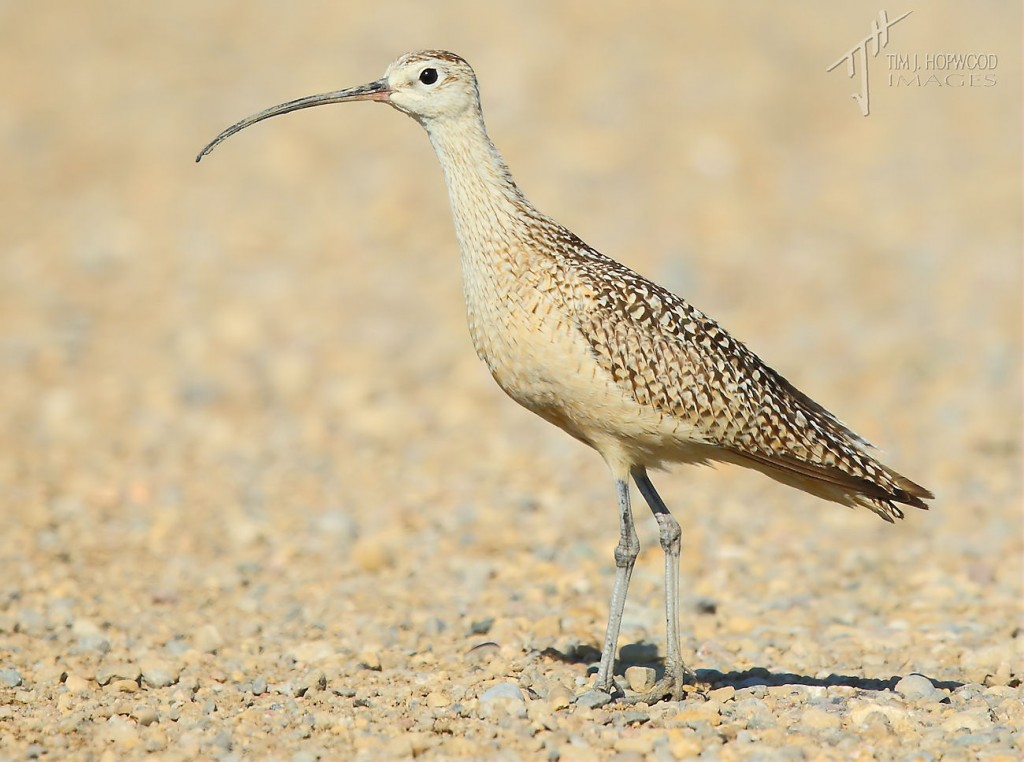
Long-billed Curlews that I’ve come across are quite territorial and not shy of coming into the middle of the road and challenging me & my vehicle!
Other species of shorebirds also take up residence in the sloughs and ponds that dot the grasslands, from the Marbled Godwit:
through to the Willet:
and even the Spotted Sandpiper:
And of course, the hardy and adaptable Killdeer, has also found a home in the grassland:
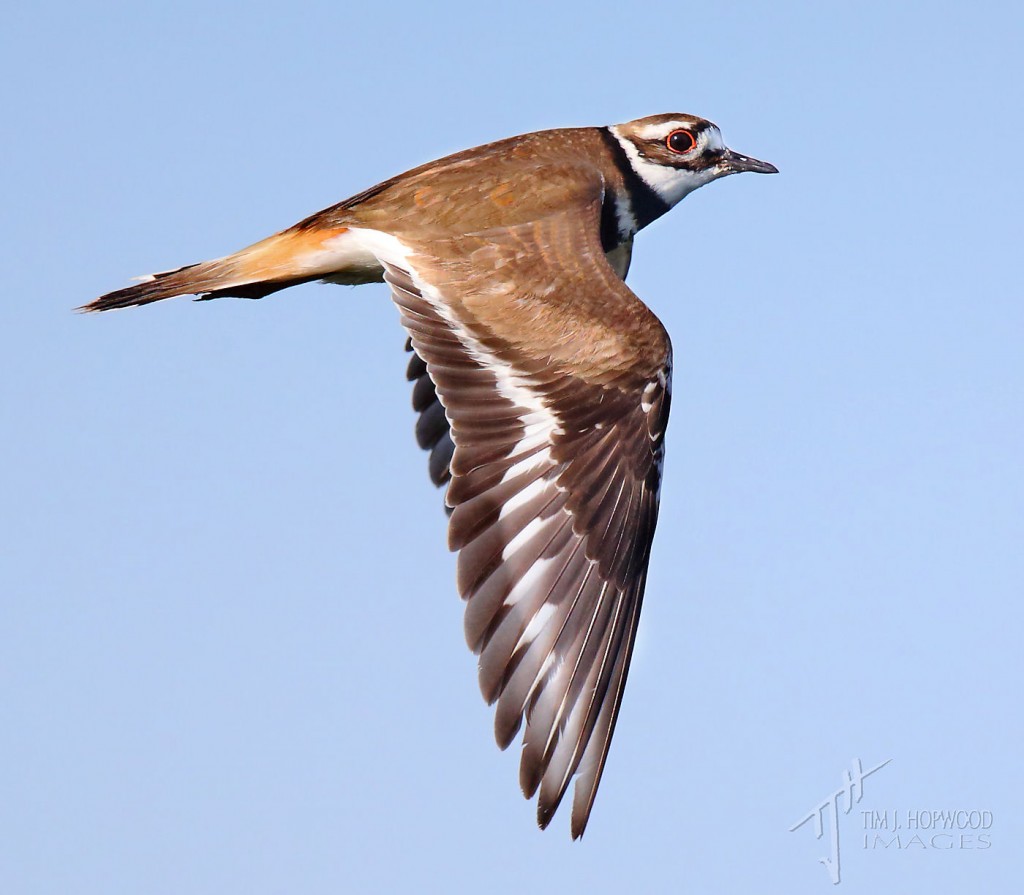
Killdeers usually see me before I see them and they let me know it with alarm calls, and sometimes a fly-by like this.
However, a ‘shorebird’ that is truly a grassland specialty is the Upland Sandpiper – quite a sizeable ‘peep’ that has a penchant for fence posts:
It would be remiss of me to not mention the multiple species of sparrow that also inhabit the region, from the numerous Savannah Sparrows:
to the equally-abundant Vesper Sparrow:
and also the handsome Lark Sparrow:
However one of my ‘target’ sparrow species this year were the longspurs of the grasslands. So it was personal highlight to see & photograph BOTH Albertan grassland longspurs this summer, and I must express my great thanks to fellow Albertan bird photographers George and Alan for very kindly helping me find these elusive birds: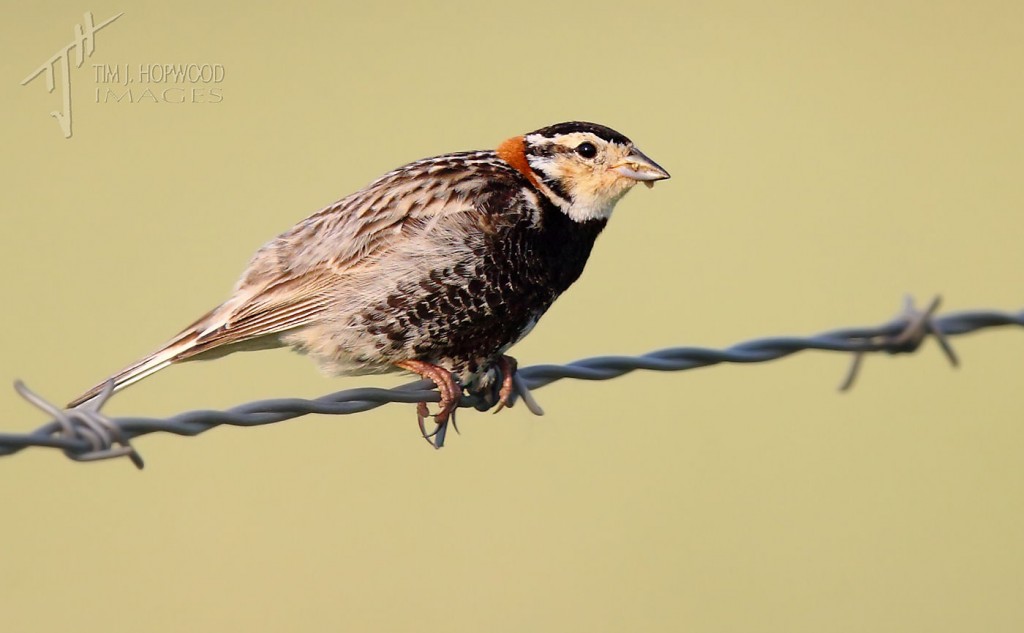
I have to say that the Longspur is a skittish bird indeed, and it took me a LOT of waiting and patience to capture all of these images!:
Again, thanks to some fellow birders (George again!, and Ron) I was also able to get some terrific views of resting Common Nighthawks. While they may be ‘hawks of the night’, I have seen them regularly hunting (presumably insects) over Little Bow Provincial Park in the middle of the day:
But amidst what was genuinely a summer of birding highlights, perhaps the pinnacle was the rare and privileged opportunity to observe and enjoy one of the jewels of the grassland: the Burrowing Owl…
A big thank you to fellow photog Ron for graciously allowing me to also enjoy this fantastic experience. As I’m sure most readers know, this owl is endangered and its numbers are dwindling in Alberta and elsewhere.
So, I hope you enjoyed this post, but I hope it also raised your awareness of the precarious position the Alberta grassland region is currently in.



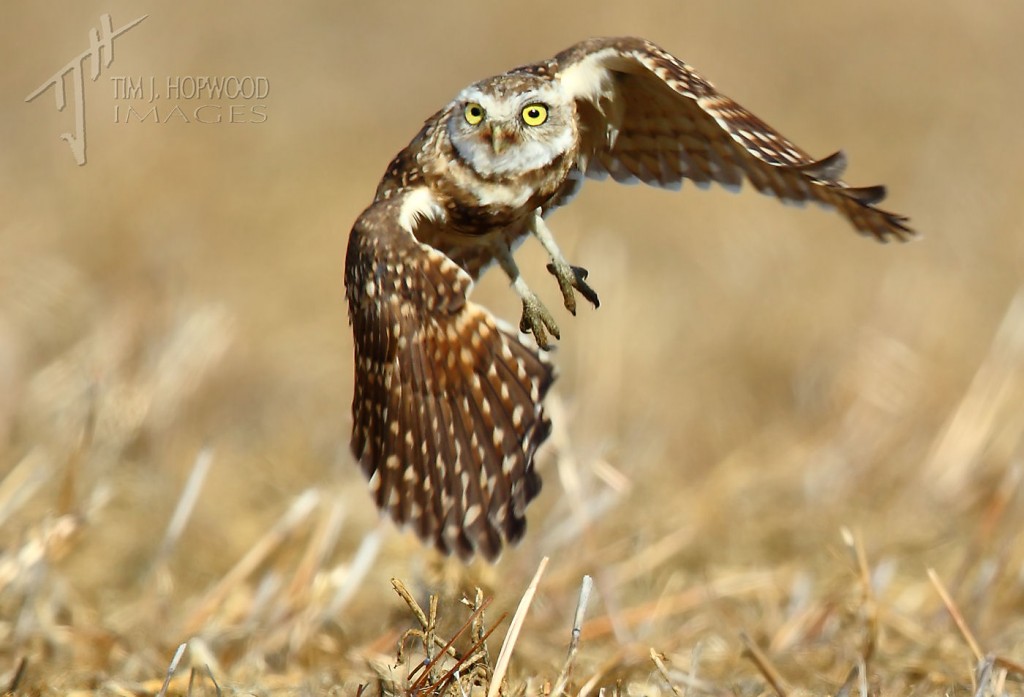
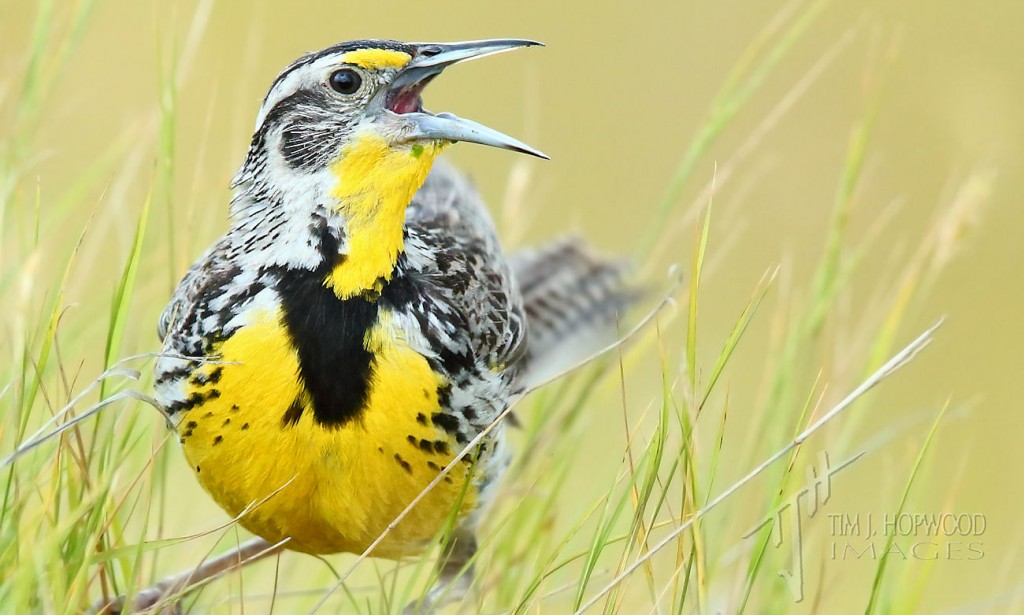
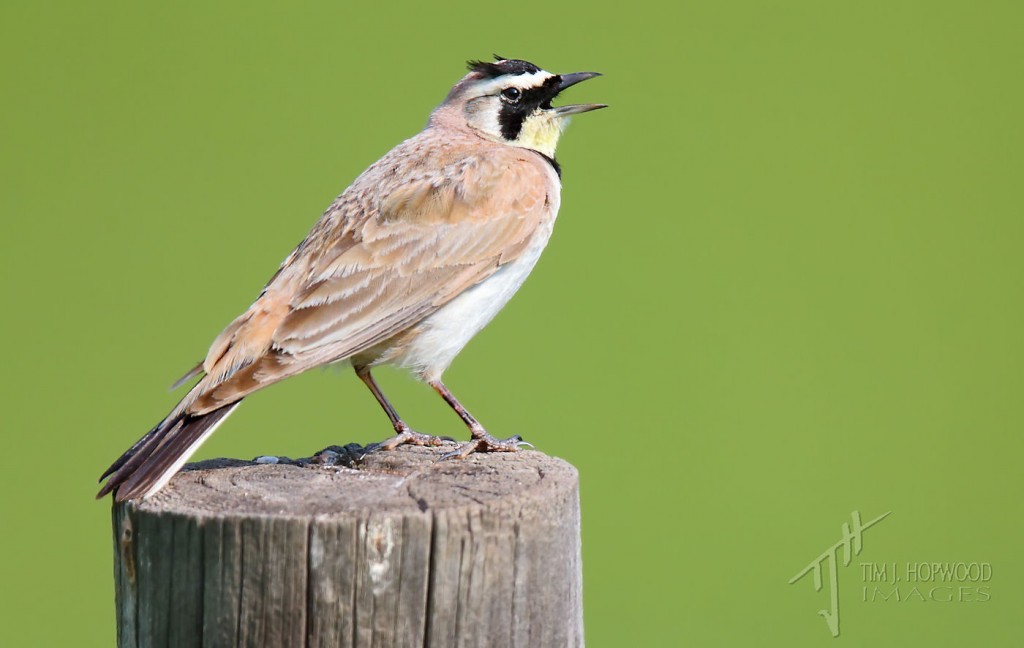
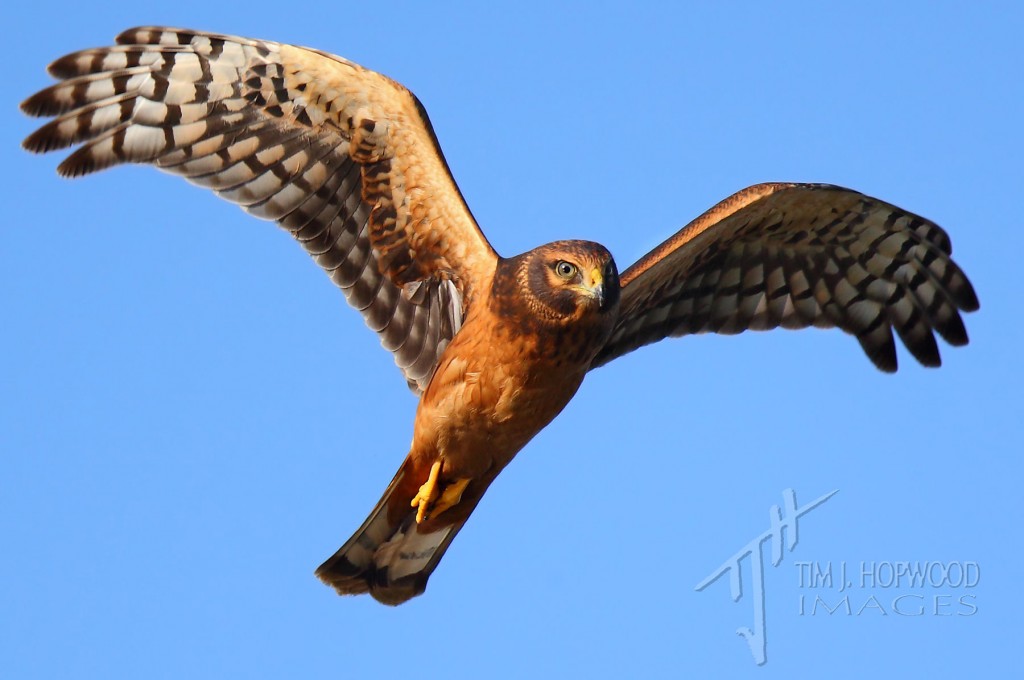
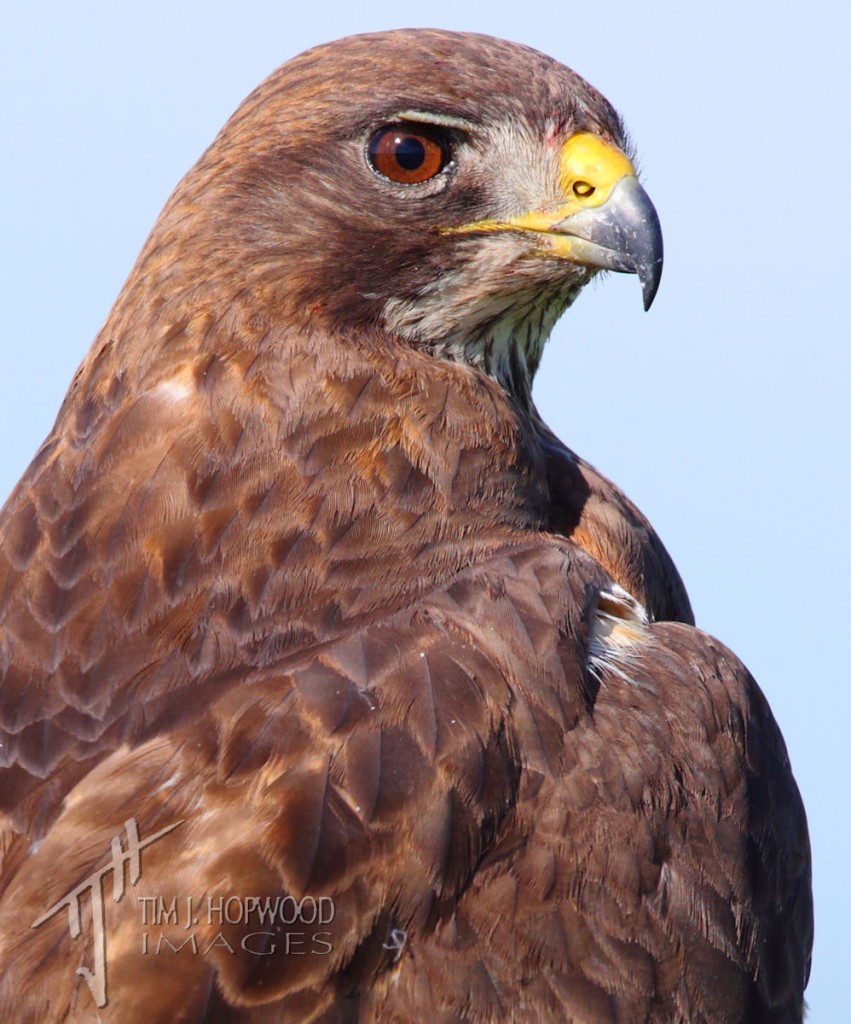
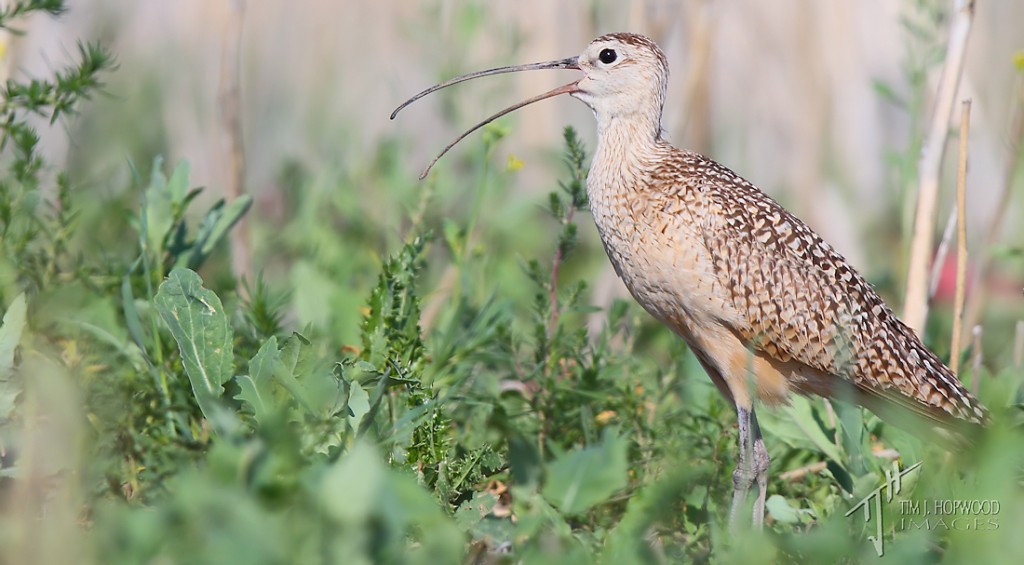
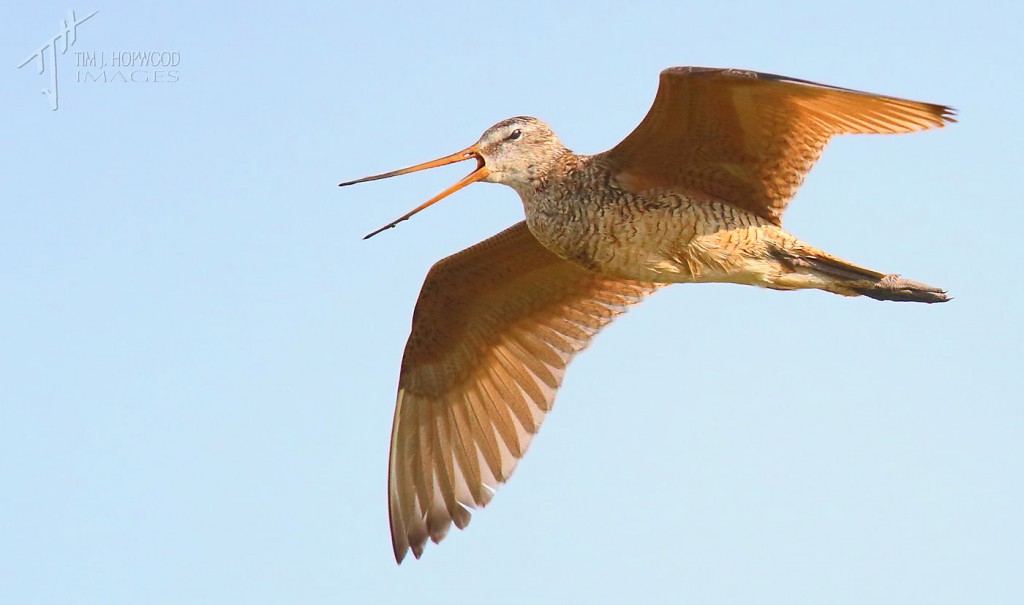
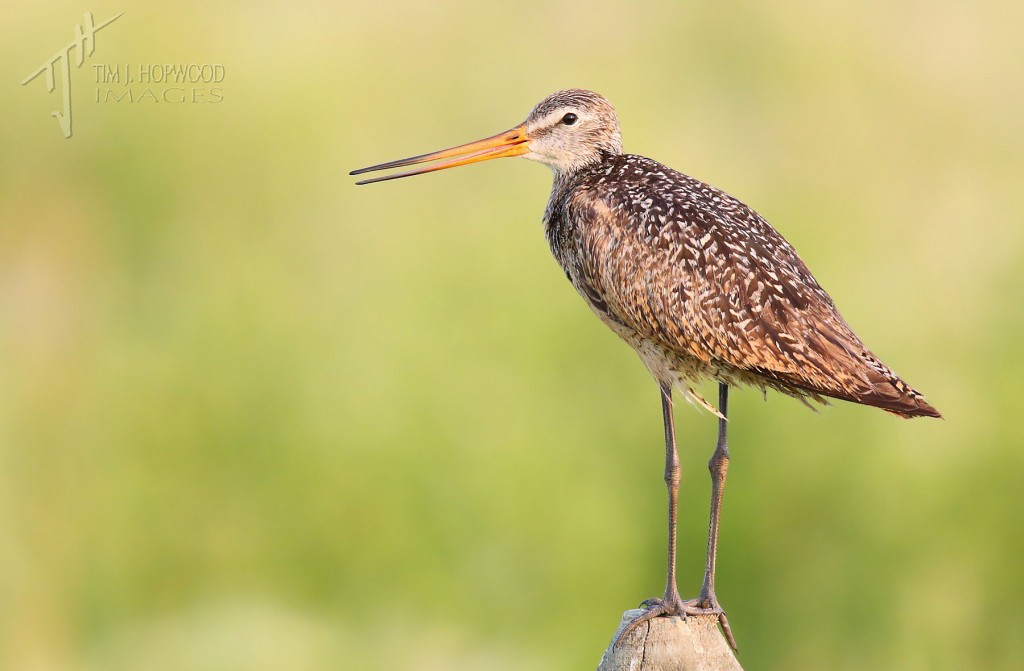
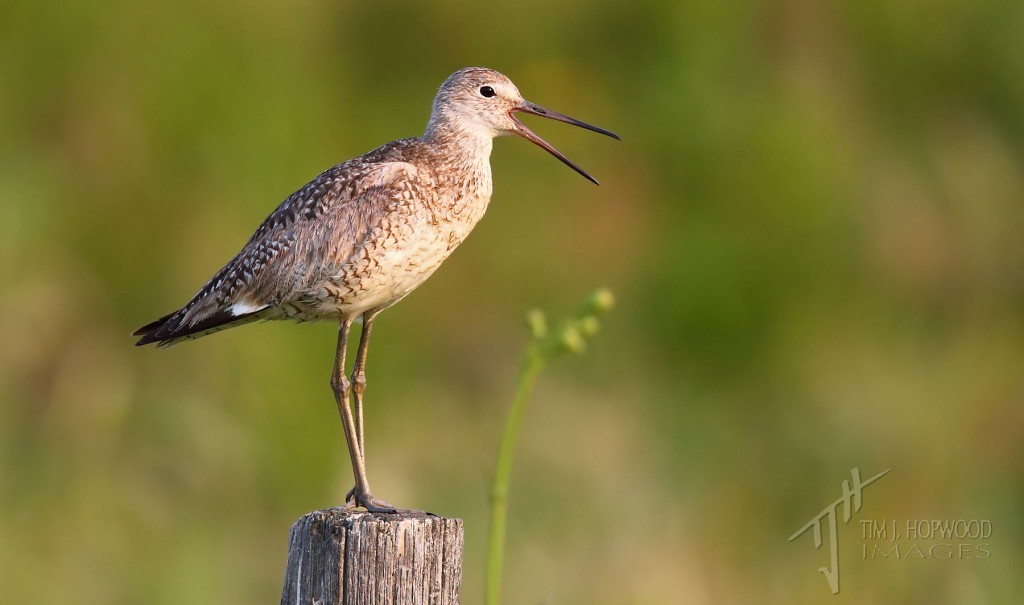
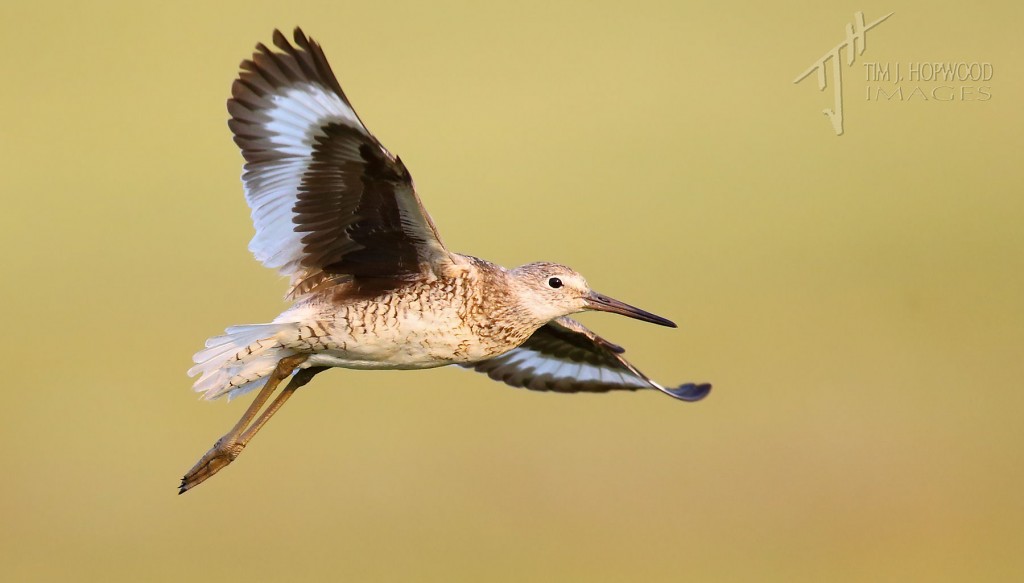
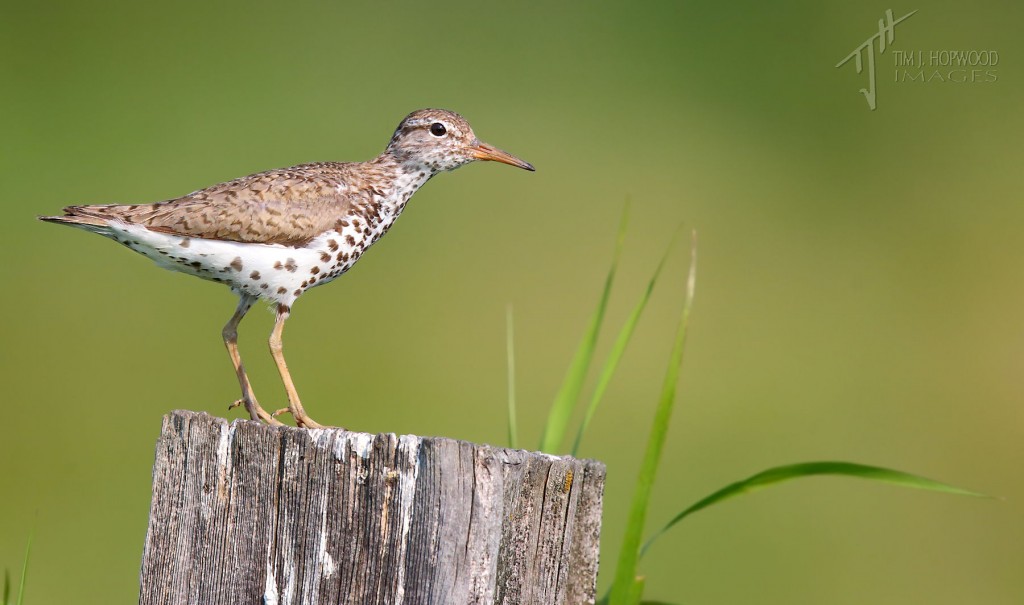
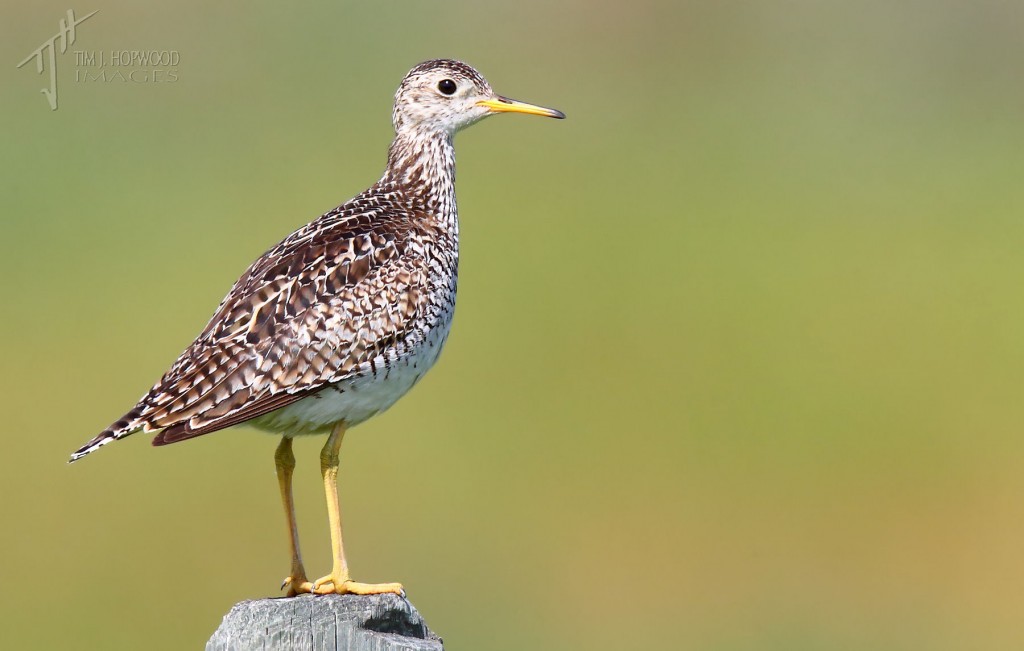
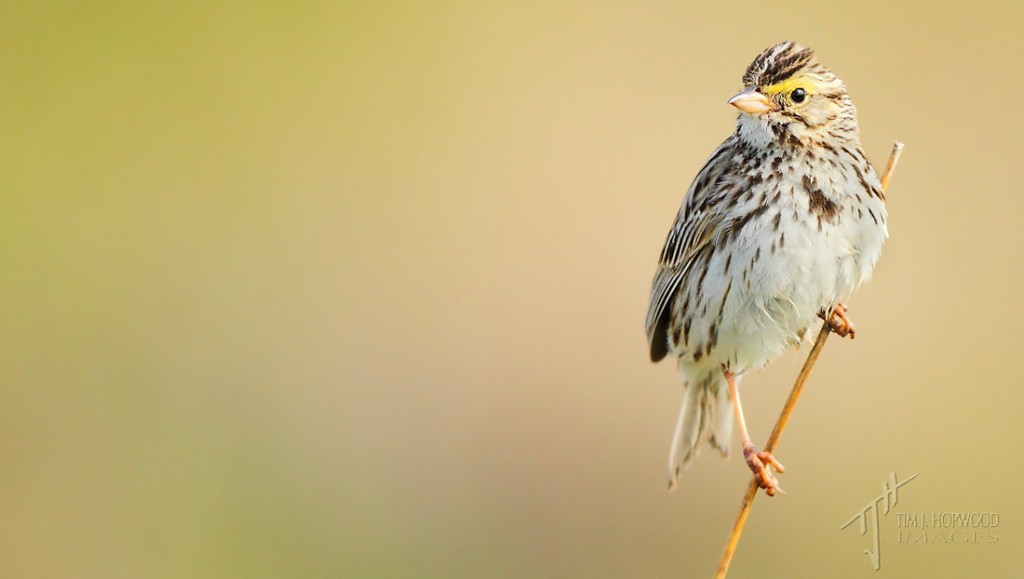
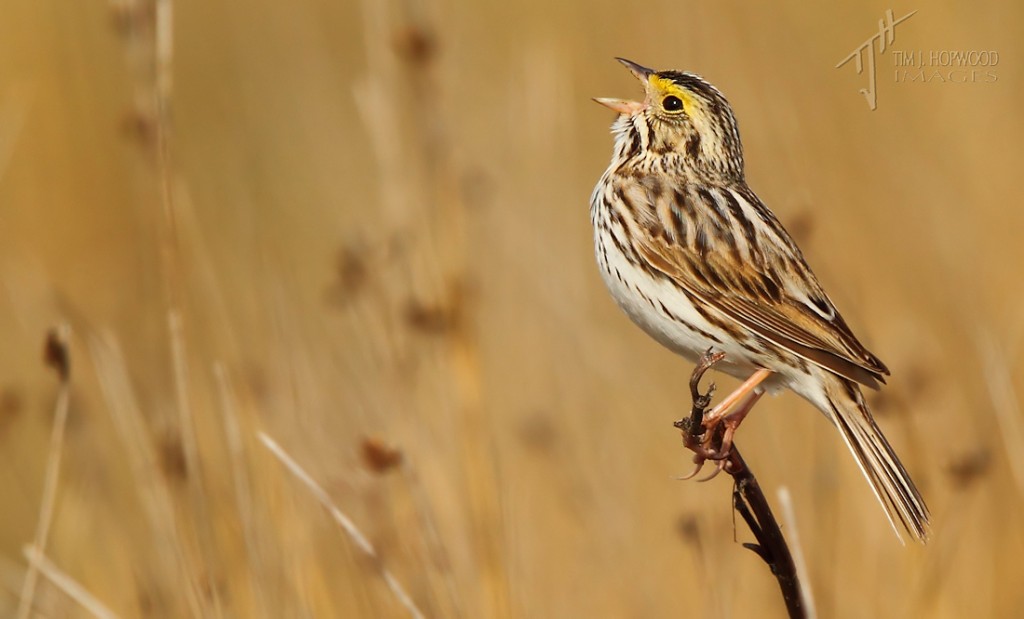

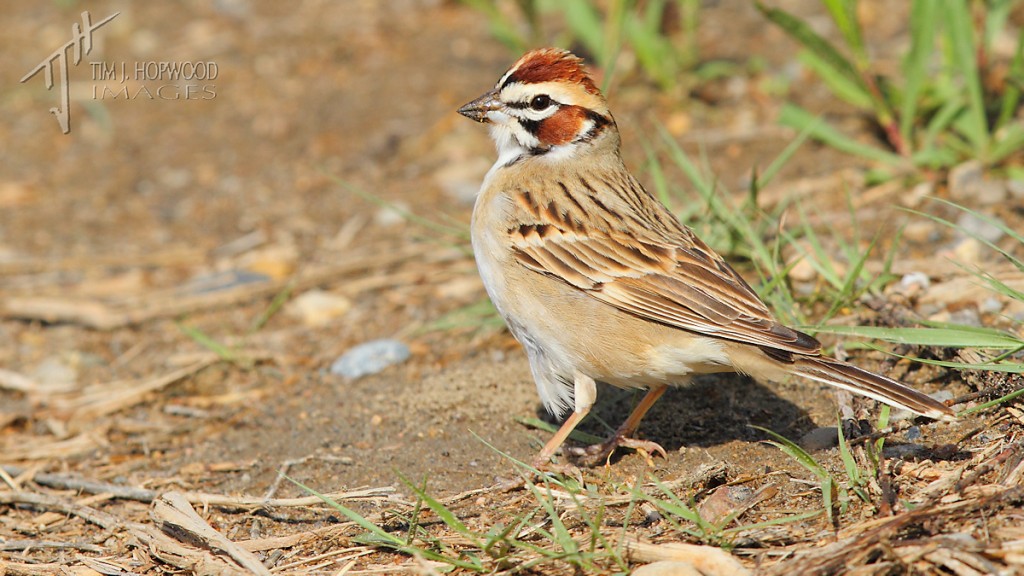
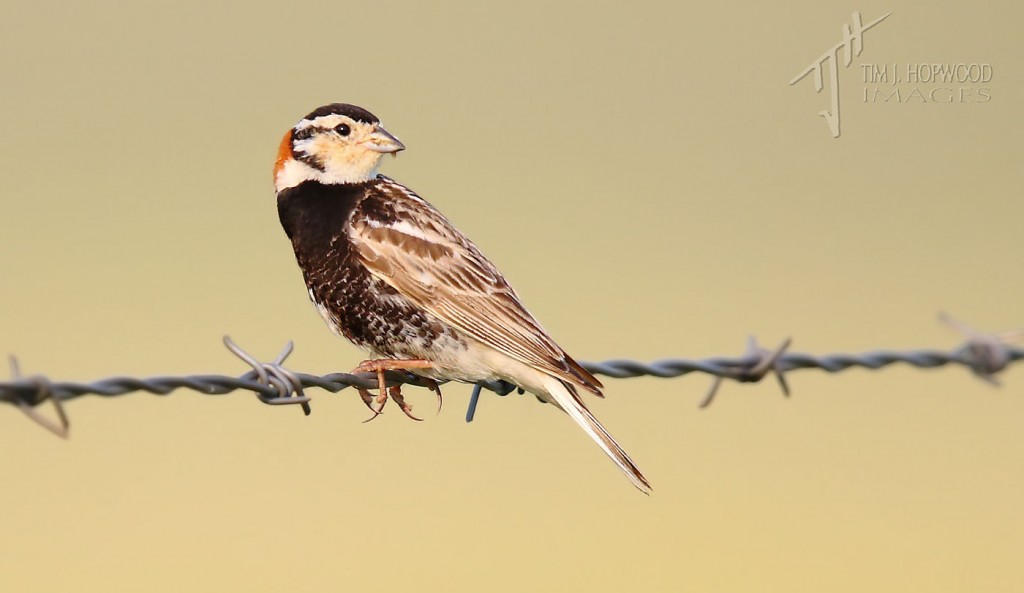
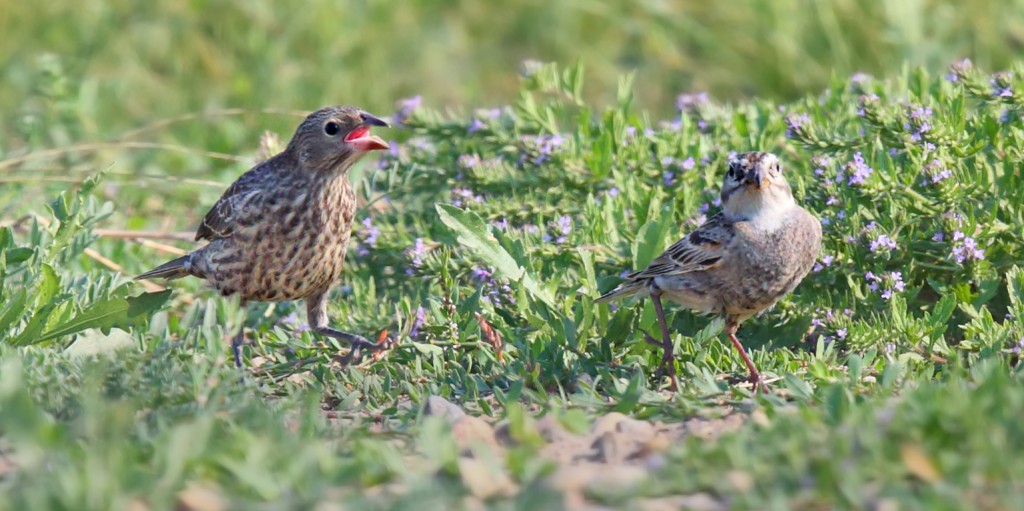
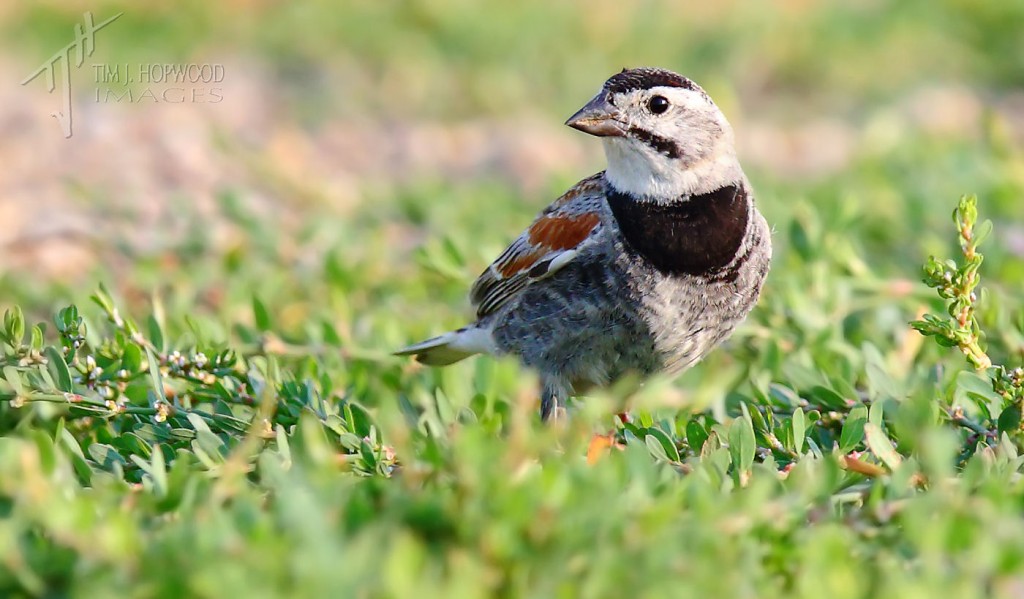
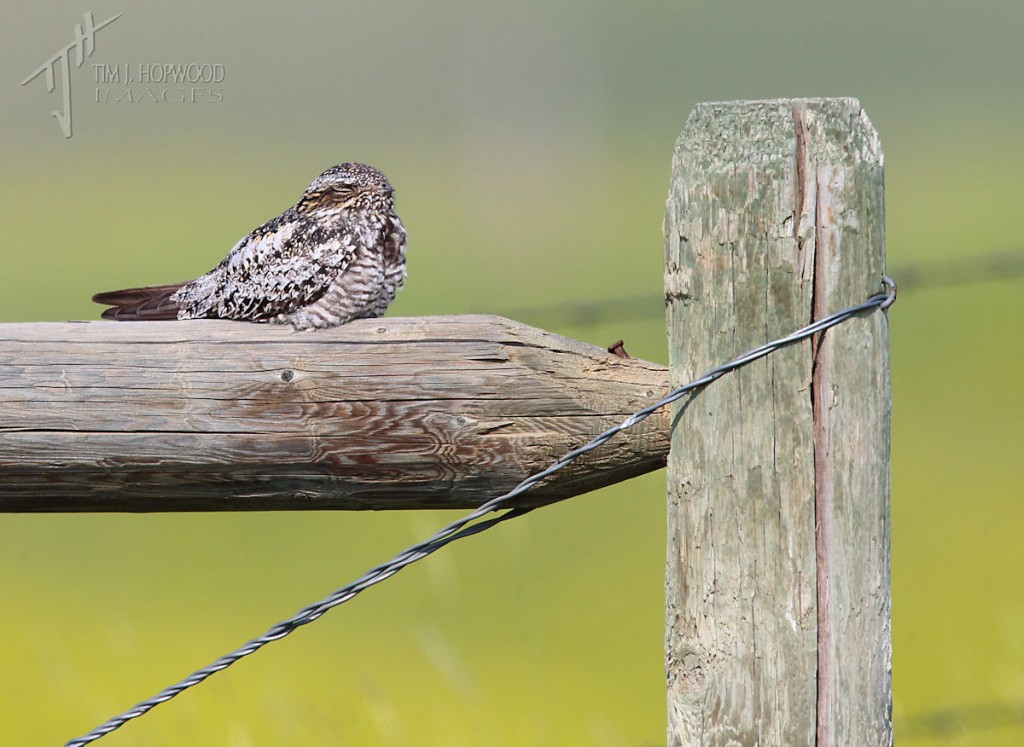
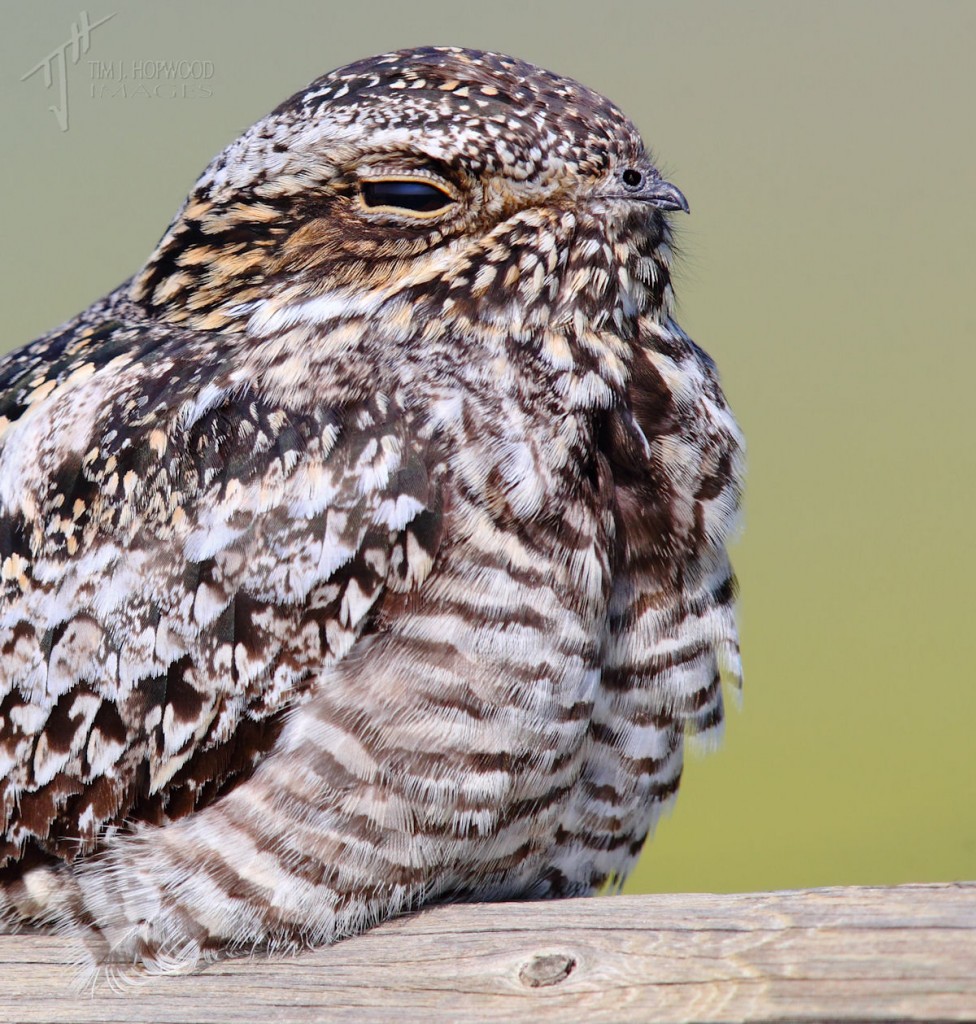
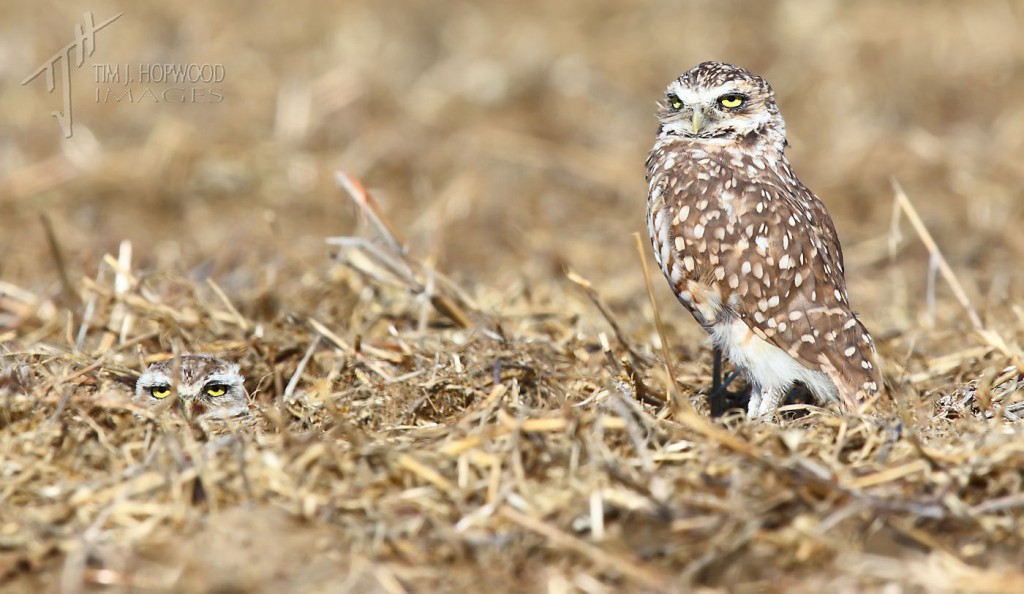
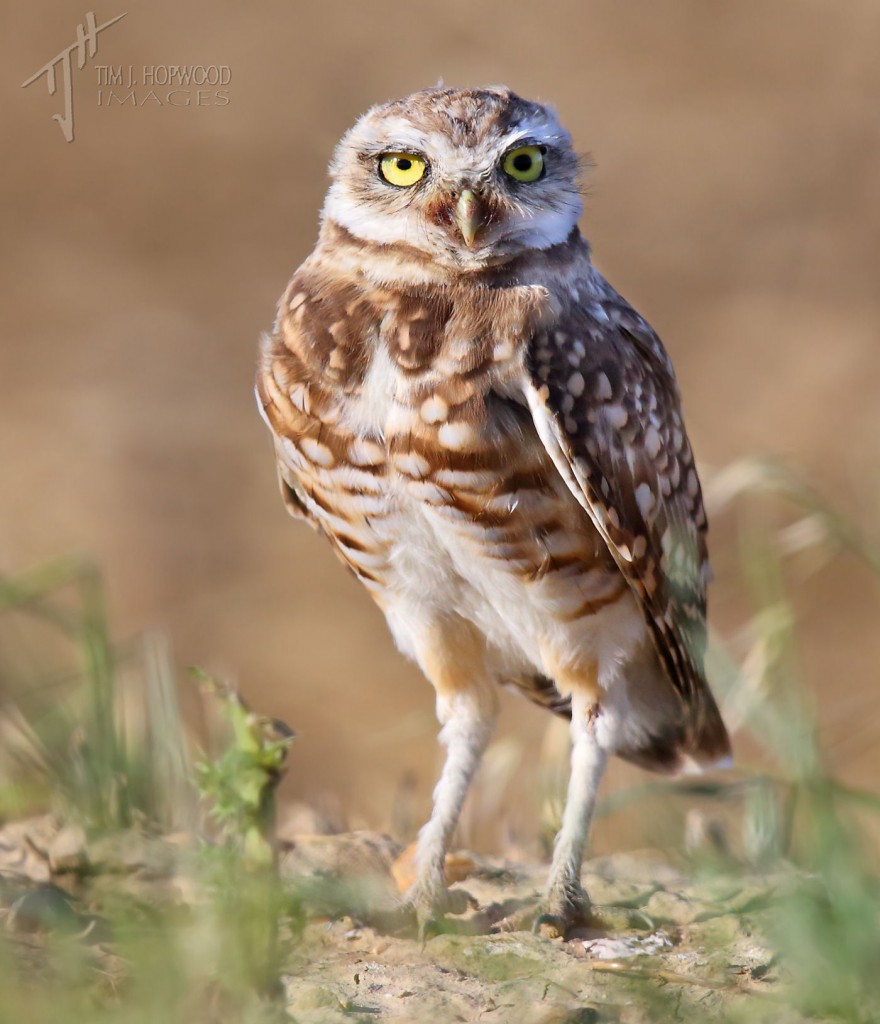
Great blog and photos about a threatened habitat and its amazing birds. Your photos are so detailed we can distinctively see the tiny beak of the common night-hawk. Since thes birds feeds by gobbling night moths in flight they do not need a large bill.
Having lived and birded in Saskatchewan I remember the contrast in bird species between farmland where you would see very few bird species to protected medium-short grass (grazing) habitat such as that south of Old Wives Lake in Saskatchewan. In those habitats you could see species difficult to find elsewhere: i.e. Baird’s sparrow, Sprague’s pipit, McCown’s longspur, burrowing owls, etc.. The situation in Saskatchewan is getting worse since these habitats which were in common-lands used in part for ranching are being sold by the province.
Bernard from Calgary